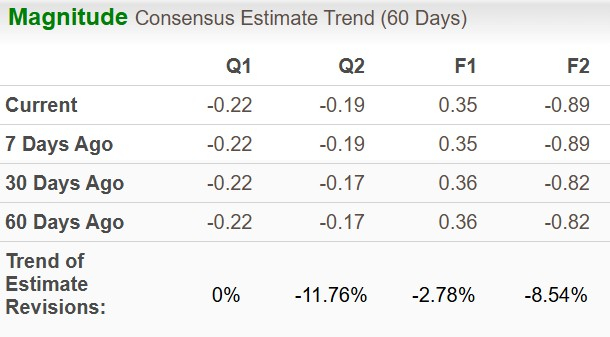The Impact of Social Security Adjustments on Retirees in 2025
Social Security is a lifeline for many retirees. According to the Center on Budget and Policy Priorities, it has reduced the poverty rate for individuals aged 65 and older by nearly three-quarters — from an estimated 38.7% without Social Security to just 10.2% with it in 2022.
Annual surveys by Gallup over the past 20 years highlight the program’s significance. Since 2002, between 80% and 90% of retirees indicated that their Social Security checks are a major or minor part of their income, with 88% reporting so in 2024. Most older workers rely on their guaranteed payouts to meet their needs.
Given the critical role of Social Security for seniors, the announcement of the program’s cost-of-living adjustment (COLA) is highly anticipated each year. While the details for 2025 have been unveiled, a mixed bag of surprises awaits some beneficiaries in the coming year.

Image source: Getty Images.
Understanding Social Security’s Cost-of-Living Adjustment
The COLA adjusts benefits to counteract the effects of inflation that beneficiaries face. For example, if the cost of a typical retirement shopping list jumps by 2%, benefits must also increase by 2% to help seniors maintain their purchasing power. This adjustment ensures that benefits keep pace with inflation.
Before 1975, COLAs were determined by special sessions of Congress, leading to only 11 adjustments between 1940 and 1974. Some of these raises were significant, including a 77% increase in 1950.
Starting in 1975, the Consumer Price Index for Urban Wage Earners and Clerical Workers (CPI-W) became the standard for calculating annual COLAs. It includes over 200 categories of spending, each with unique weights. However, only CPI-W readings from the third quarter of the year are used for the COLA calculation. If these readings show a year-over-year increase, beneficiaries will receive a raise in the following year.

U.S. inflation data highlights an increase in COLAs over recent years. Data by YCharts.
Beneficiaries to See a Continued Increase in COLA
During the 2010s, many Social Security recipients faced disappointment. There were three years of deflation, which meant no COLAs in 2010, 2011, and 2016. The lowest increase on record was 0.3% in 2017.
However, this decade has seen a major shift. Stimulus measures during the COVID-19 pandemic led to soaring inflation, resulting in substantial COLAs: 5.9% in 2022, an astonishing 8.7% in 2023 (the highest since 1982), and 3.2% in 2024.
This year, despite a slowing inflation rate, the 2025 adjustment still exceeds recent averages. The estimated 2.5% COLA is higher than the 15-year average of just 2.3%. This translates to a $49 monthly increase for the average retired worker, raising their benefits to $1,976 in 2025. Workers with disabilities and survivor beneficiaries can expect increases of $38 each month, bringing their payouts to approximately $1,580 and $1,551, respectively.

Image source: Getty Images.
Challenges Ahead for Retirees in 2025
While the COLA increase is generally positive for retirees, it also brings unexpected challenges. Higher benefits may lead to more retirees facing federal taxes on their Social Security checks, with portions of benefits taxed at the federal level and in nine states.
In 1983, Social Security’s asset reserves were dwindling. Without intervention, significant benefit cuts might have ensued. The Social Security Amendments of 1983 raised the full retirement age, increased payroll taxes, and initiated the taxation of benefits based on provisional income levels.
The thresholds for taxation, however, have never been adjusted for inflation. Initially, it was projected that only 10% of benefit recipients would be affected. But as COLAs have raised payouts, more retirees are now subject to this tax. The 2.5% COLA in 2025 could expose even additional beneficiaries to these taxes.
Despite calls for reform, the taxation of benefits remains in place. According to the 2024 Social Security Board of Trustees Report, the program faces a funding shortfall of $23.2 trillion through 2098. Consequently, the need for income, including tax revenue from benefits, is likely to persist.
Potential Social Security Strategies for Retirees
Many people are behind on retirement savings, but several “Social Security secrets” could substantially enhance retirement income. One tip could potentially result in an additional $22,924 each year. By learning to maximize Social Security benefits, retirees may gain greater financial security.
Discover the “Social Security secrets” »
The Motley Fool has a disclosure policy.
The views and opinions expressed herein are those of the author and do not necessarily reflect those of Nasdaq, Inc.








